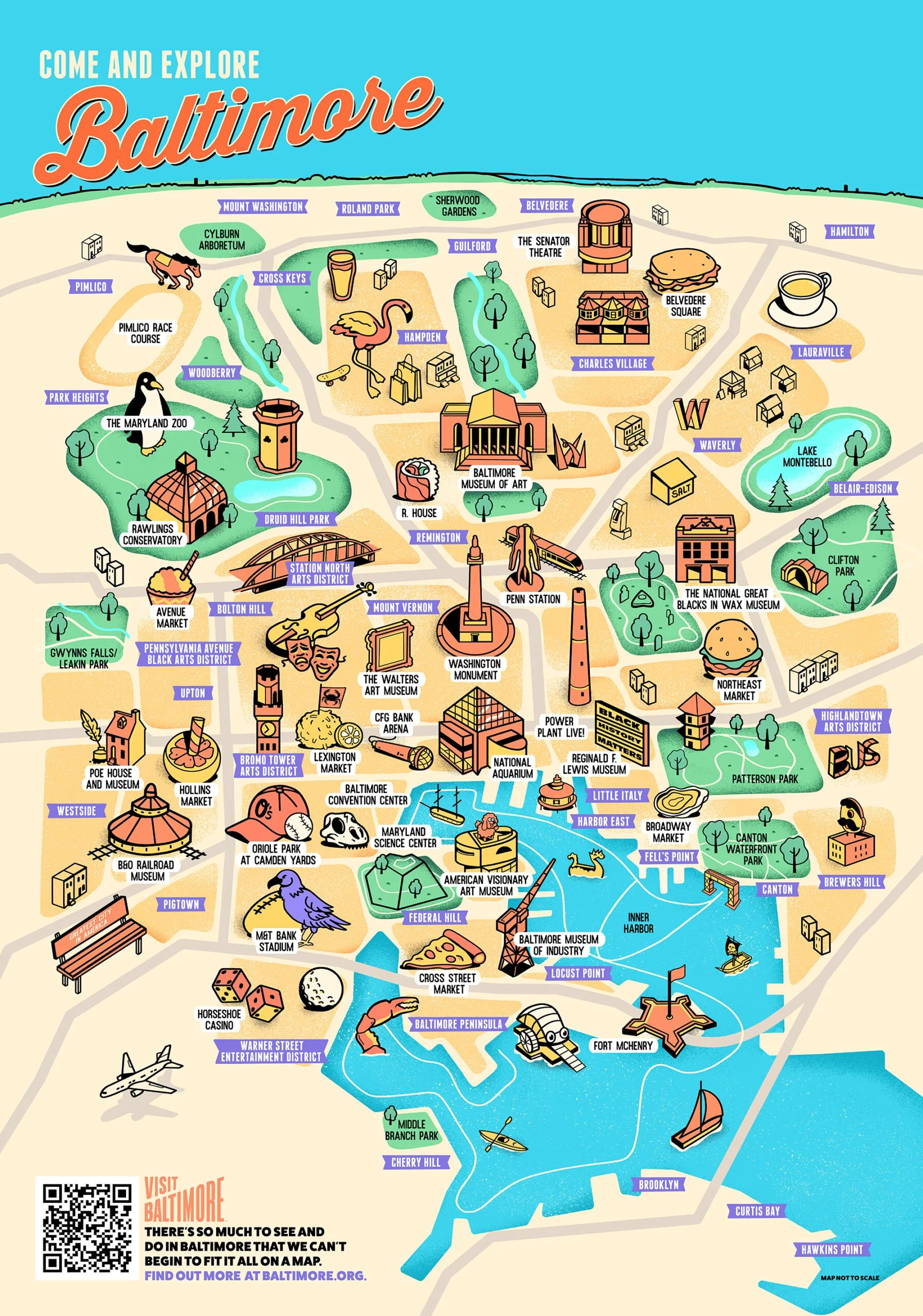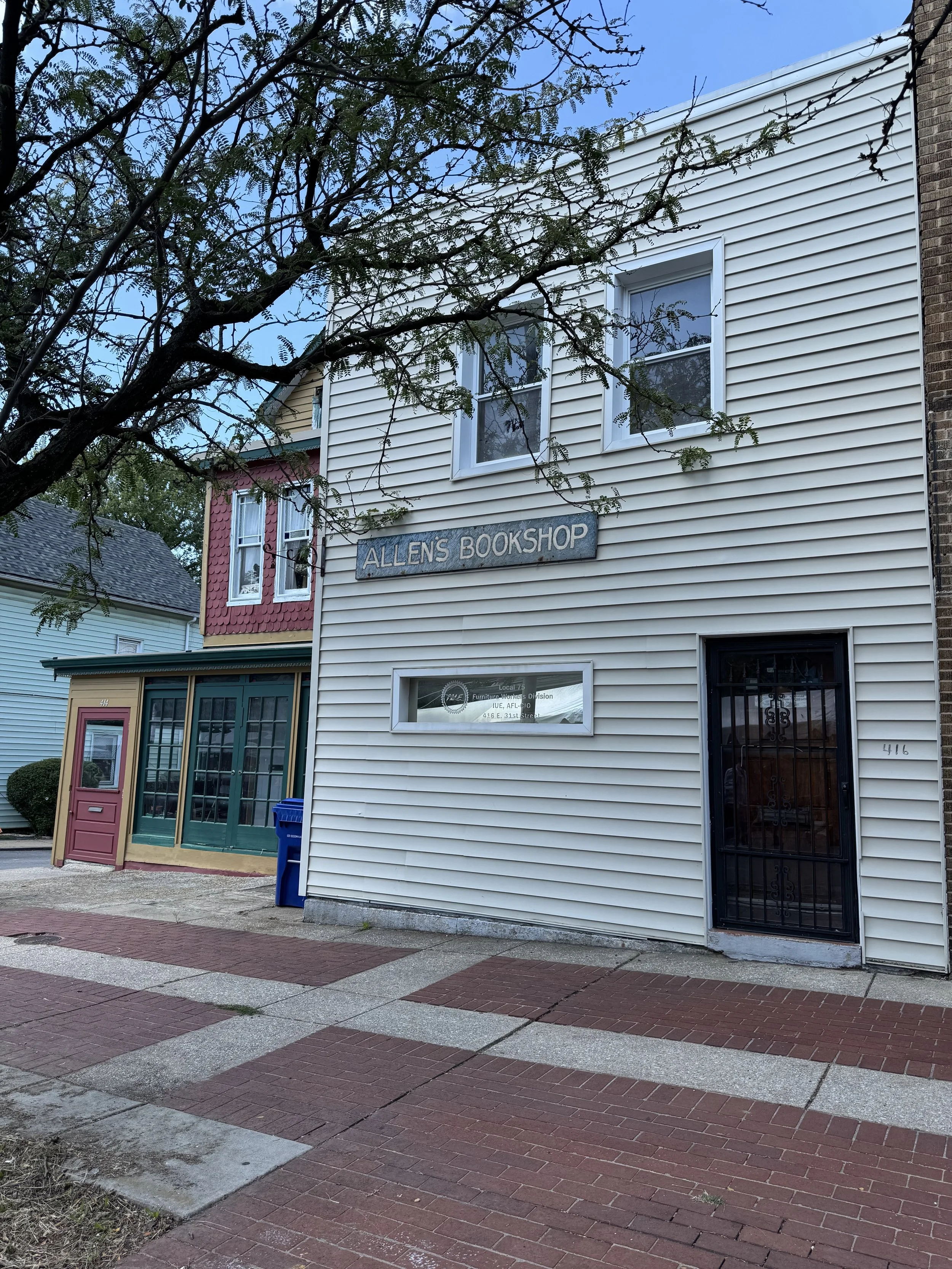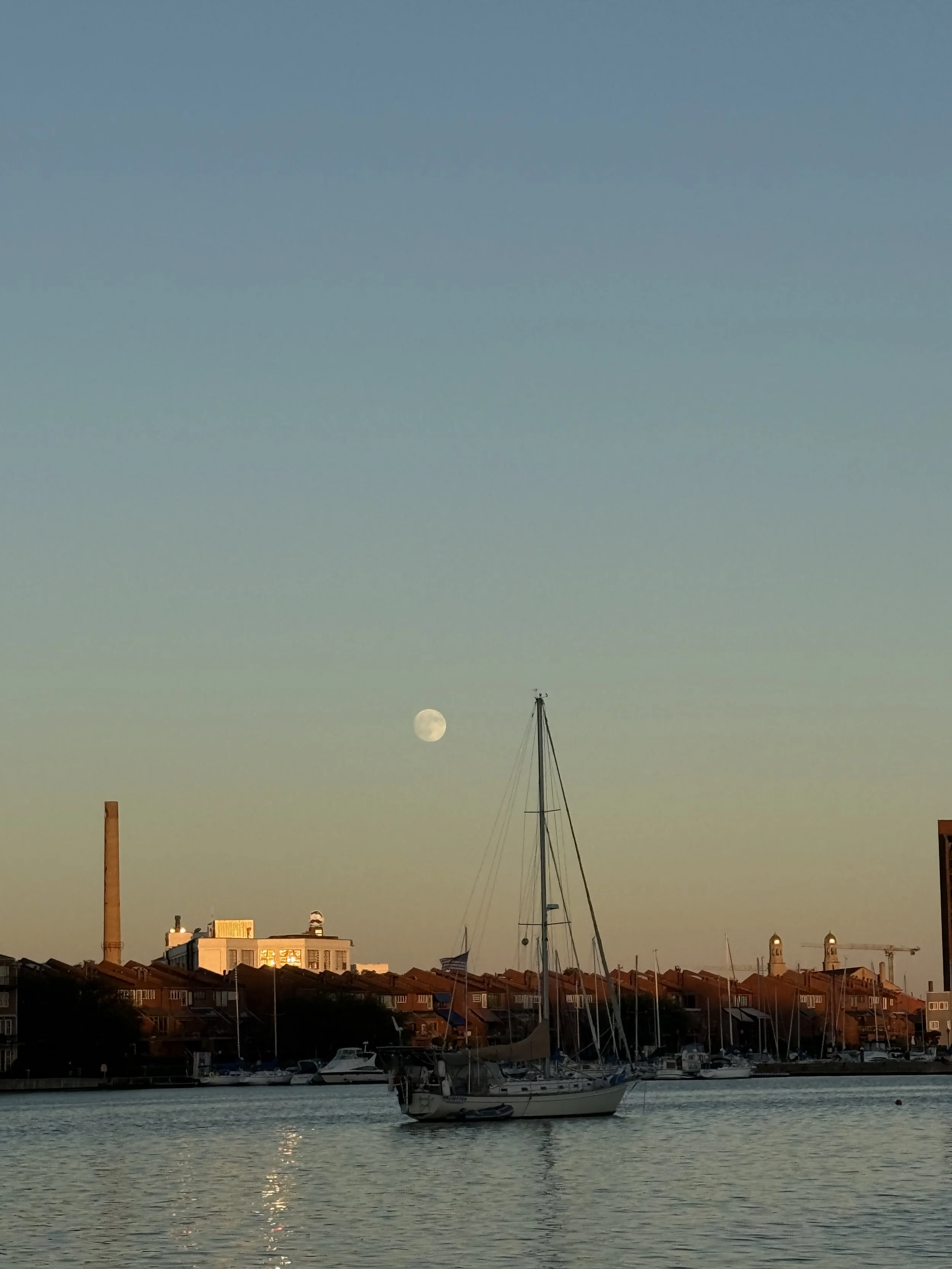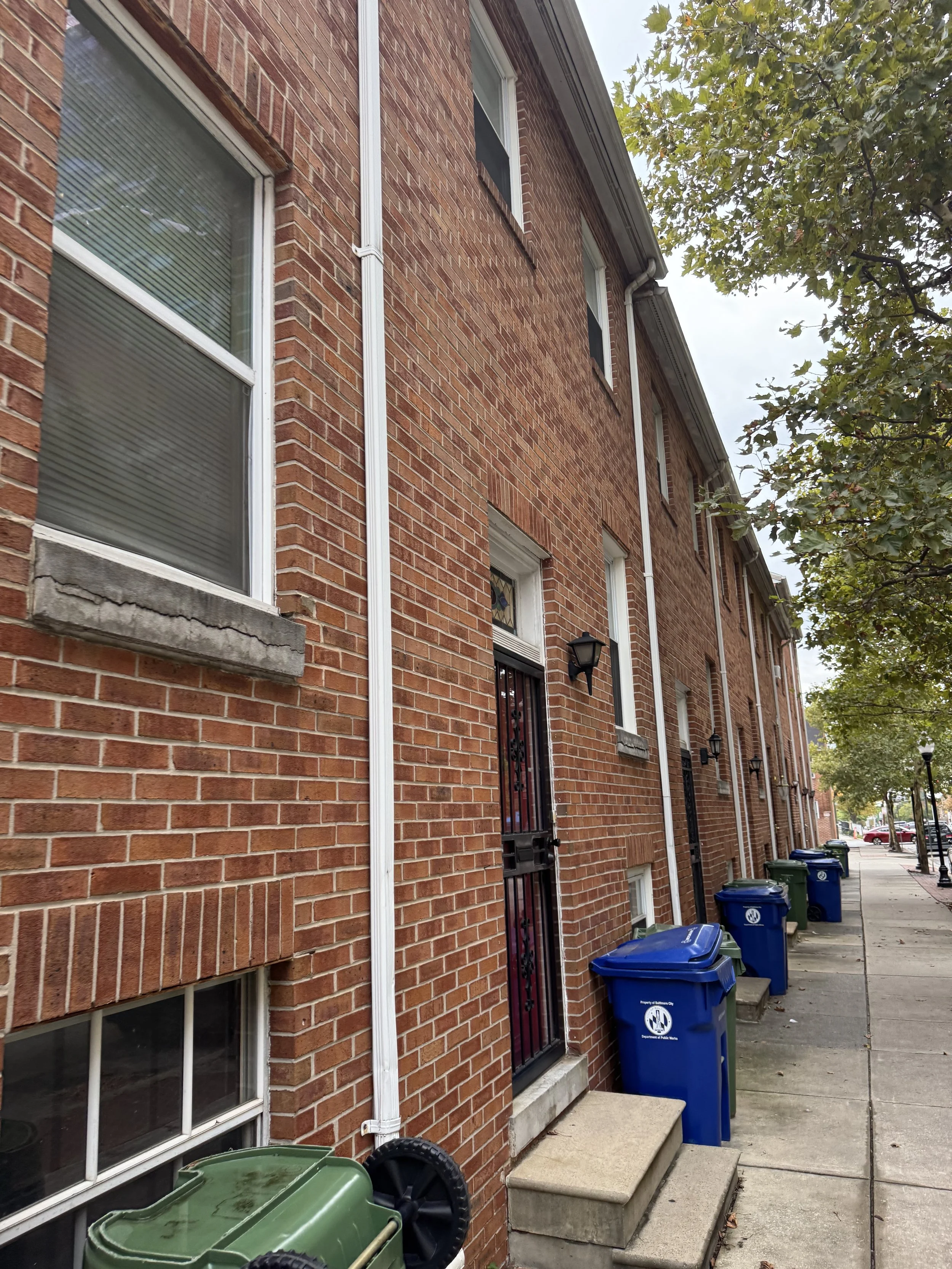
Baltimore
About Baltimore
Baltimore is a city of contrasts. It has historic rowhouses beside tech start-ups and long-time residents beside new transplants. Its complexity is part of what makes it beautiful. Mapping its markets and public spaces reveals a pattern of resilience. Even as neighborhoods change, the impulse to connect continues to endure. This map highlights some of the most important places across the city. I explored different areas, focusing on spaces where people come together. The map represents more than the locations I visited; it reflects the richness of the monuments, parks, and gathering spaces available to the people who live here.
Map Source: https://baltimore.org/guides/baltimore-neighborhood-guide/
Why Baltimore?
My primary reason for choosing Baltimore instead of my home city, Rochester, is that Baltimore offers so much for me to explore. I want to look beyond the Hopkins bubble and truly understand this city. As a public health student, that is exactly what we are encouraged to do, which is why I chose it. Baltimore also represents the questions I care most about: How do communities maintain connection amid change? How can cities honor history while creating opportunity? The city’s markets, murals, and neighborhoods hold lessons in coexistence and serve as reminders that urban life can be both fragile and strong. Baltimore has taught me that leadership begins with listening and that learning happens by leaning on the people around you.
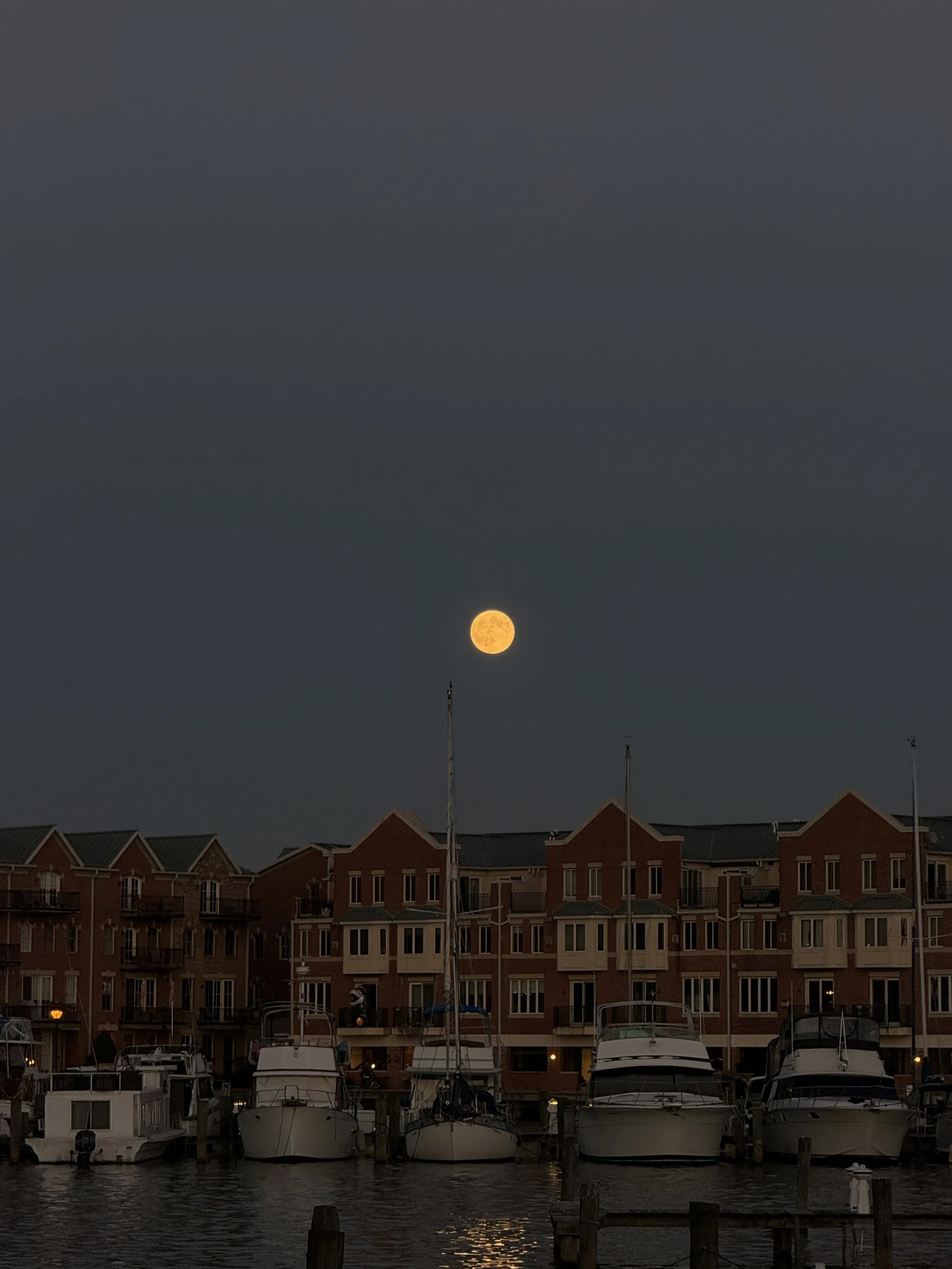
What the Water Means to Me
Pictures by Melissa Pasao
I come from a state defined by its water; its very name is the “Land of 10,000 Lakes.” Water represents vitality, life, and home to me. Baltimore’s harbor is more than just geography; it is the city’s pulse. The water has witnessed trade, migration, and reinvention. It represents continuity—the same element that flows through Minnesota’s lakes now grounds me here. Water reminds me that connection is cyclical; it sustains cities, communities, and ideas. It teaches that resilience is not about resisting change, but about the ability to keep moving, to carry, and to cleanse.
Baltimore’s harbor has evolved significantly, shifting from a center of industry to a place known for tourism and festivals. In some ways, this transformation reflects a democratization of the waterfront. Yet the question remains: is this water accessible to everyone in Baltimore? The answer is no. The harbor, which hosts many of the city’s events and markets, is concentrated in more affluent areas, limiting access for many residents. How can stories flow and connections form when such a vital part of the environment is accessible only to some? My CityLab project is not directly about the water, but it explores similar ideas of connectivity and the ongoing work needed to strengthen it across communities.
